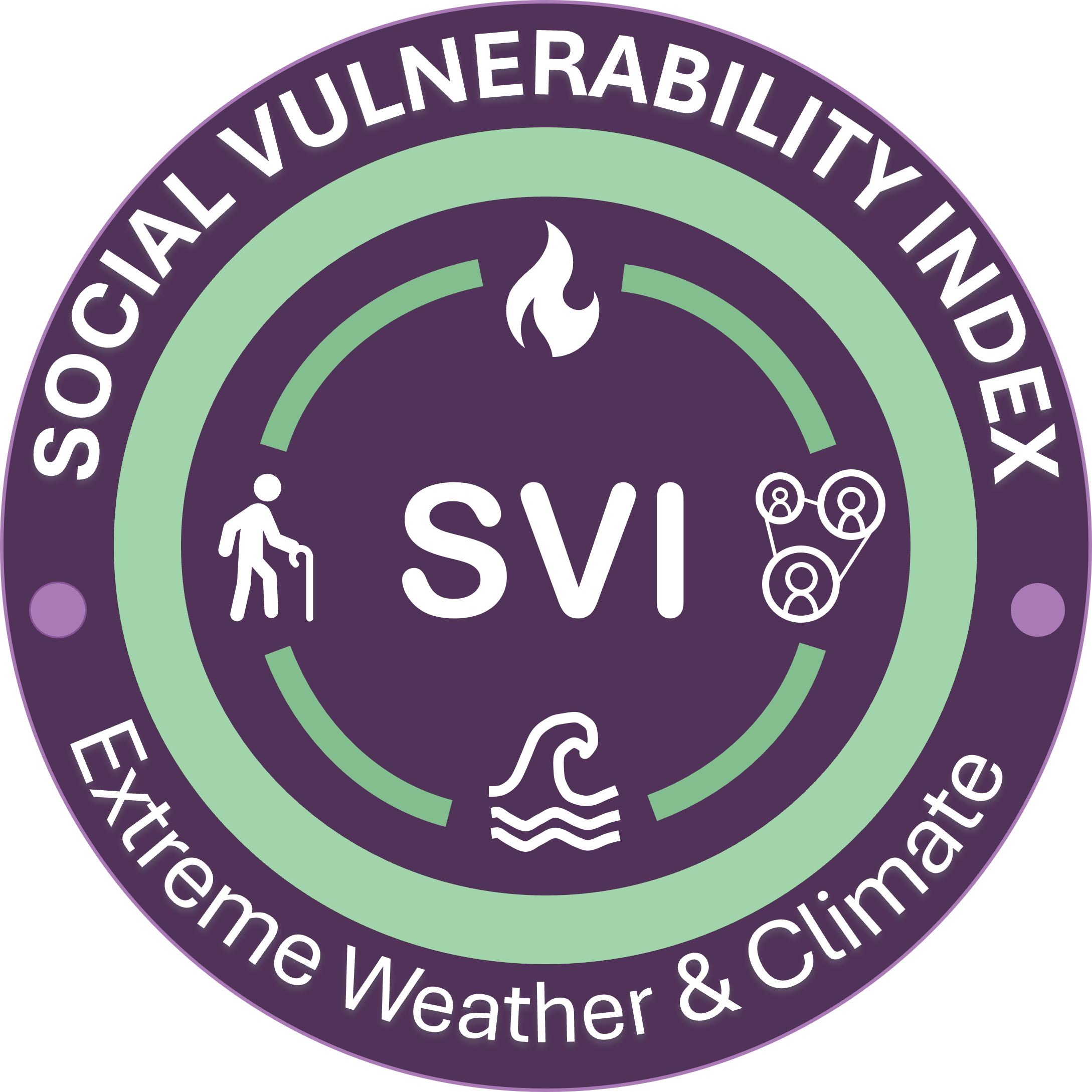Overview#
The European cities are facing a wide range of impacts from several climate related hazards including increases in fluvial, pluvial and coastal flooding, coastal erosion and heat waves. As a response to these and other climate related challenges the European Commission has adopted the European Green Deal, a growth strategy based on a clean and circular economy.
Following the framework proposed under the Green Deal, the REACHOUT project, funded by the European Commission, aims through the research and innovation to advance user-oriented climate services to support the implementation of this strategy. This project brings together a highly experienced transdisciplinary team with comprehensive knowledge on climate change adaptation and climate services, experienced working in cities.
REACHOUT is developing a set of services for seven city hubs across the EU, based in a collaborative approach between research partners, climate service providers and city stakeholders. Under this set of services, there’s a social vulnerability to environmental hazards index that is taking into account some individuals or groups that are disproportionately affected by climate change as they have less capacity to prepare for, respond to, and recover from climate-related hazards and effects.
The social vulnerability to environmental hazards index is mapping at regional and local scales the distribution of social vulnerability to environmental hazards. This index has been developed on the basis of the information collected through the most recent census of population for each one of the cities and identified the people and households with higher levels of vulnerability based on the information available for each country. To integrate the various aspects of social vulnerability, a hierarchy of data is used, starting with indicators, which are the factors that influences social vulnerability. These indicators are then grouped to form domains related to a particular category, such as age or income. And finally, these domains are collated into the three main dimensions of social vulnerability: sensitivity, adaptive capacity and enhanced exposure. The dimensions are combined to form the overall vulnerability index.
The information extracted from the development of the index can be integrated with the other services and tools under the REACHOUT project and inform climate action, spatial and community planning at a local authority level, to reduce risk from environmental hazards and support the implementation of the Green Deal.
